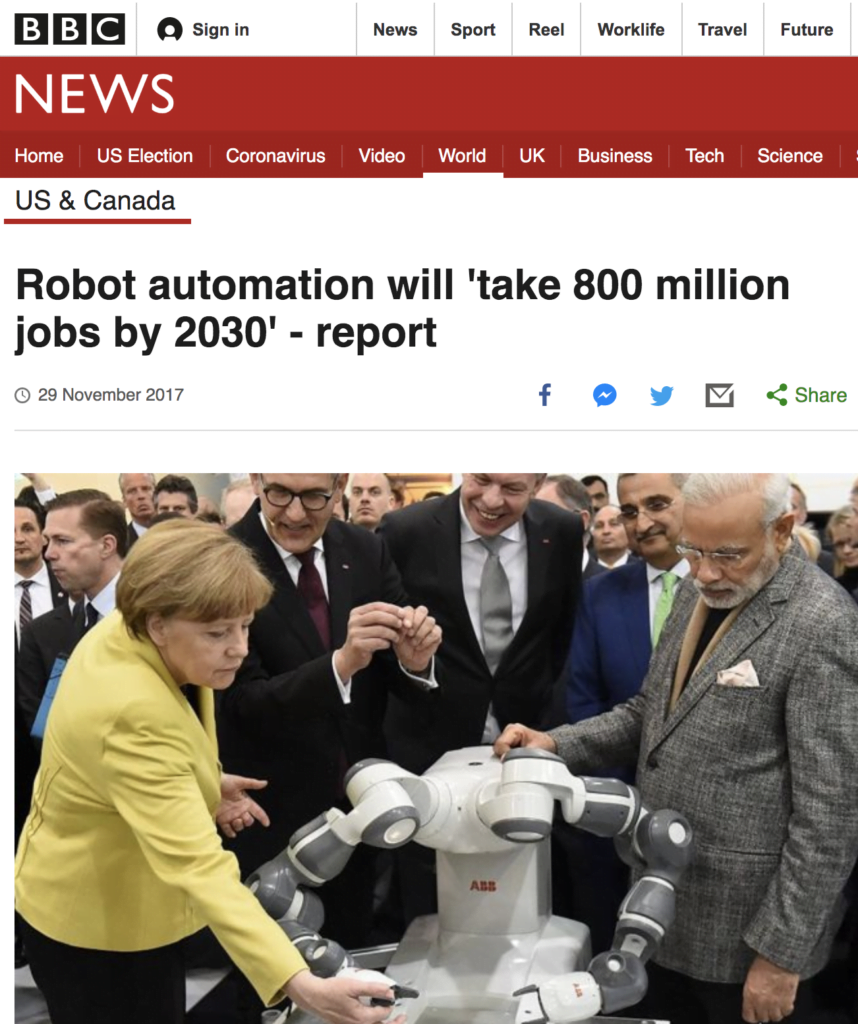We cannot ignore it. More and more work will be automated or robotized. A comprehensive report by the World Economic Forum predicts that by 2022, about 42% of the work will be carried out by machines, compared with about 29% today. Many articles on robotization report job losses and workers' fear of being replaced. But are these feelings justified? Shouldn't workers applaud robotization and embrace innovations?
Fables on robotization
Every week newspapers, columnists and blog pages pay attention to the '4th Industrial Revolution'. Remarkable is that the tenor in this reporting differs. BBC published an article in November with the headline: Robot automation will 'take 800 million jobs by 2030'. A title that causes a lot of fear among employees who consider robotization as a threat. At the same time, other media reported that robotization will create more jobs, an opposite claim about the same development. Perhaps the truth is in the middle, but it is understandable that employees are not so positive about current developments. It is a pity, because robotization offers opportunities for employees and can enrich work.

Collaborative robots
An interesting development within robotics is the rise of collaborative robots, or 'cobots'. Cobots offer several advantages over traditional robots and have a unique feature that fits perfectly with the personal development of employees. Collaborative robots (as the name suggests) are made to work with people. These robots are sensitive and feel touch and the environment around them. They don't have to stand behind large safety screens and the risk of accidents is small.

"Giving employees creative and solution-oriented tasks contributes to personal development".
Cobots and employees
Production work such as packing goods, replenishing supplies or conveyorbelting are characterised by terms such as 'monotonous', 'boring' and 'mind-numbing'. This type of work is also often the cause of RSI, Repetitive Strain Injury. A condition that arises from frequently performing the same movement. A robot, on the other hand, is very good at frequently performing the same movement and will not experience the work as boring either. By having a robot perform the work of a production worker, the production worker could focus on other tasks. Tasks that require creativity and solution-oriented thinking such as maintenance or quality control.
By giving employees creative and solution-oriented tasks, the work they do is enriched, it is not monotonous or boring and it contributes to the personal development of people. It also stimulates diversity and flexibility, creating an attractive working environment. These factors make employees more happy with the work they do, more involved in the work they do and more productive, especially for SME companies. In principle, you kill two birds with one stone because innovation and robotisation also increase productivity.




